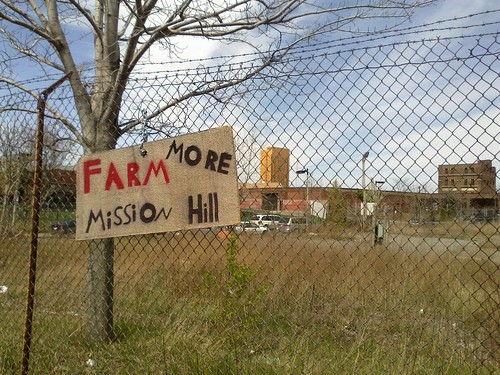whighlander
Senior Member
- Joined
- Aug 14, 2006
- Messages
- 7,812
- Reaction score
- 647
F-Line -- now you are posting stuff which is not only feasible -- its nearly imperative
These kinds of "out of the box" ideas need to percolate through to the people who ae atually planning for stuff for the Mass DOT
Try it -- if if works then figure out how to do it better
Ii it doesn't work --- you'll know soon enough and wont have a huge investment
These kinds of "out of the box" ideas need to percolate through to the people who ae atually planning for stuff for the Mass DOT
Try it -- if if works then figure out how to do it better
Ii it doesn't work --- you'll know soon enough and wont have a huge investment



